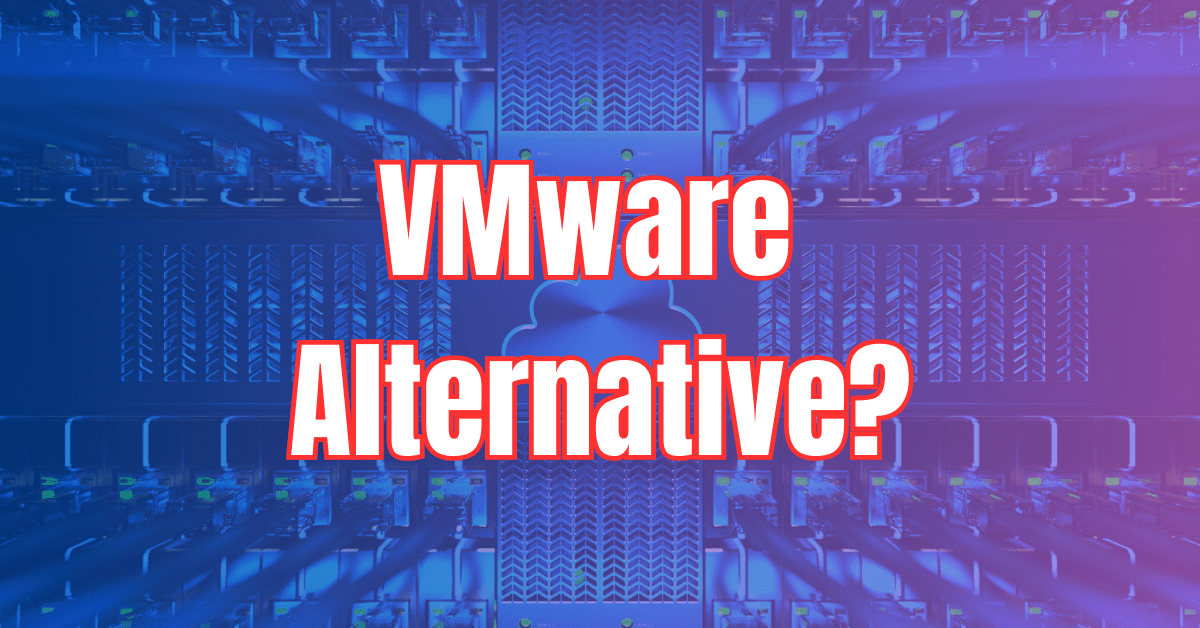6
min read
Written by IntegraONE on May 16, 2025 4:05:02 PM
Remember when VMware was cool some twenty years ago? With groundbreaking releases like ESX Server and vCenter Server that featured vMotion, it made traditional hardware servers feel obsolete overnight. Over the years, however, VMware has been bounced around from conglomerate to conglomerate. It was first acquired by EMC in 2004, then Dell in 2016, and now the latest acquisition by Broadcom in 2023.
An Uncertain Future
There are always changes when a company is acquired, and some of the most dramatic changes have been made since the $69 billion Broadcom deal. Some of the changes that VMware customers have complained about since include:
- Many customers have reported substantial price increases while a recent survey showed that 92% of VMware customers anticipated further price increases in the coming 12 months
- Broadcom has discontinued perpetual licenses and transitioned to a subscription-based model
- Broadcom has reduced support options and raised prices for remaining support tiers
- Many customers wonder whether Broadcom will maintain VMware's level of innovation, which has been a cornerstone of the company's success
All of this has created a lot of uncertainty, which is why many organizations are exploring alternatives in 2025. If your organization is considering a change or a looking for your first entry into virtualization, here are some great options below.
Nutanix AHV
Nutanix is a leading provider of hyperconverged infrastructure (HCI) that offers broad support for multiple hypervisors. This includes their own hypervisor, Nutanix AVH, which is already included in their platform and does not require an additional license. Nutanix AVH is tightly integrated with the Nutanix stack, so it is a natural choice for organizations that already use Nutanix for their HCI infrastructure.
If you like vCenter, you will love Nutanix Prism, which allows centralized management and monitoring of Nutanix clusters, VMs, storage, and networking. AHV also integrates with Nutanix Cloud Manager so you can manage both your HCI infrastructure and the AHV hypervisor from a single interface. This simplistic nature of this unified, intuitive dashboard helps lower administrative overhead and makes it easier to deploy, scale, and troubleshoot infrastructure.
Of course, migrating to a new virtualization platform is rarely considered enjoyable, but the Nutanix Move utility transforms this traditionally challenging process into a remarkably straightforward experience. This purpose-built migration tool deploys as a temporary virtual machine within your existing VMware infrastructure, establishing secure connections to both your source environment and the Nutanix destination platform. You can even manage the move with only VMware skills alone. Need some reasons to use this simple Nutanix Tool? Here are four more:
- Nutanix AHV is a great choice for complex hybrid environments as it supports both VMs and containers and enables easy workload migration between on-premises and public clouds.
- Streamlined one-click operations for infrastructure enhancements, security reinforcement, and sequential updates to minimize management overhead
- Built-in analytics and customizable dashboards provide comprehensive visibility across virtualization, storage, and compute resources to allow for better decision making
- Advanced Security Features and built-in security capabilities such as micro segmentation, self-healing security, automated compliance, multi-factor authentication, and data-at-rest encryption
HPE VM Essentials
You might not immediately think of HPE as a virtualization platform provider, but in today’s rapidly shifting virtualization industry marked by rising costs, changing licensing models, and growing uncertainty, HPE VM Essentials stands out as a compelling alternative. HPE VM Essentials enables organizations to escape vendor lock-in and escalating expenses by offering a simplified, unified platform.
Still want to keep your existing VMware infrastructure? No problem, use HPE VM to connect and manage existing VMware clusters and KVM-based virtual machines. When you are ready to transition, simply use the included toolset to convert existing VMware images to HPE VM Essentials Software. With flexible deployment options, integrated automation, and a cost-effective licensing model, HPE VM Essentials empowers businesses to modernize and streamline their virtual environments without the complexity or unpredictability now associated with traditional virtualization vendors
One of the things that separates HPW from other VM solutions is its strong ecosystem of partners. HPE's partner ecosystem provides seamlessly integrated enterprise-grade backup and disaster recovery solutions specifically engineered to function consistently across the full spectrum of deployment models. The strategic acquisition of Morpheus in August 2024 significantly enhances HPE's cloud management capabilities by incorporating a mature, market-tested platform with compelling advantages including:
- Enterprise-scale performance designed to handle environments with thousands or tens of thousands of virtual machines without performance degradation
- A comprehensive self-service platform delivers sophisticated self-service provisioning that provides agility while ensuring compliance with organizational policies
- Unified multi-cloud management allows organizations to seamlessly manage workloads across diverse environments through a single control plane
VMware took the world by storm more than twenty years ago, but in a cloud of uncertainty today, there are other alternatives that offer calmer sailing.




